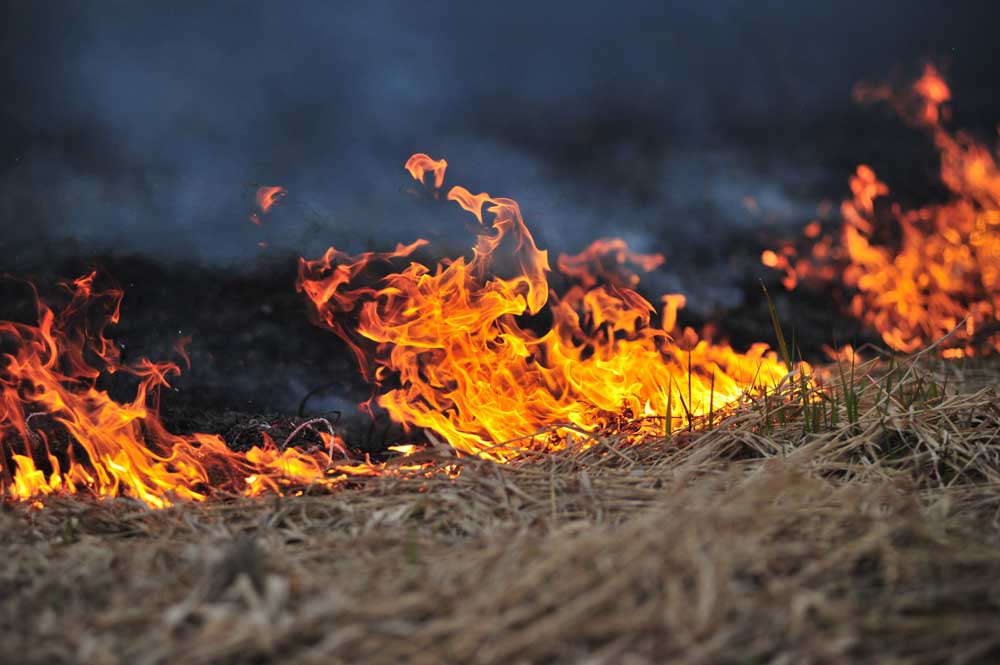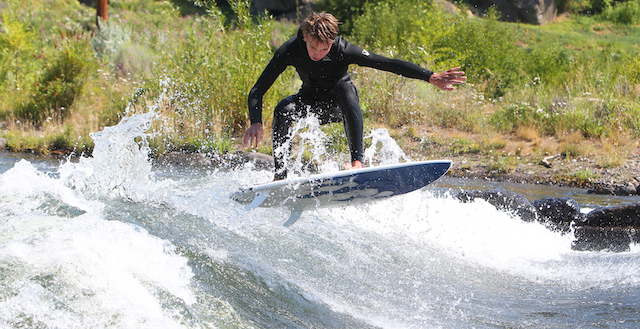Project Rattlecam: Researchers study rattlesnakes using high-tech cameras
Published 12:30 pm Saturday, May 25, 2024

- Emily Taylor
Emily Taylor is keeping an eye on rattlesnakes from afar.
And she’s doing it in the name of science.
Project RattleCam uses high-tech cameras to spy on the dens of rattlesnakes. It helps researchers like Taylor study the reptiles and promote awareness of them.
The livestream shows the behavior rattlesnakes “actually have, as opposed to the false behavior you see on TV, with them being provoked, rattling and otherwise looking terrifying,” said Taylor, a professor in the Physiological Ecology of Reptiles Laboratory at California Polytechnic State University.
The project is a collaboration between researchers at Cal Poly, Central Coast Snake Services and Dickinson College in Carlisle, Pa.
A new camera was recently placed outside a Colorado den that has “likely thousands” of rattlesnakes, she said.
Scientists have had a livestream camera outside a smaller den in California for four years. That camera will go live again this year in July.
The camera allows researchers to study the snakes without disturbing them, so they behave naturally, Taylor said.
“If you actually go up there yourself, snakes are scared of us, so they’ll act defensive,” she said.
When the snakes come out to bask in the sunshine during the day, researchers are able to watch them.
The snakes aren’t aware of the cameras, which are about 15 feet away and silent as they swivel and zoom in and out, Taylor said.
Watching the livestream may also help people understand the reptiles better, she said.
“These animals are really just trying to make a living out there, on their own, not trying to bother anybody,” Taylor said. “And they do it in a really cool way.”
Rattlesnakes do four important things for the ecosystem, Taylor said:
• Rodent control. “Rodent populations, if they were to explode, if there were no more rattlesnakes to eat them, that could denude our crops and native plants. A lot of these rodents eat animal feed.”
• Disease control. Rodents carry such diseases as Lyme disease, hantavirus and plague. “Those are all common in the American West, and the rattlesnakes help to control that.”
• Seed dispersal. “If a rodent has eaten seeds from a native plant or something, if they were to actually swallow those out of its cheek pouches, it would be destroyed as it’s digesting it. But a snake will rescue those seeds. … The snake’s digestive system doesn’t kill the seeds. Instead, it poops them out in a little pile of fertilizer.”
• Helping people. Several human medicines are made using rattlesnake venom, including a blood-thinner prescribed to people at risk for blood clots. “Rattlesnake venom is literally saving people’s lives, and it’s being studied now for anti-cancer properties, and much more.”
A snake ‘screaming’
The more often people are outdoors, and the more they build rural homes, the more likely interaction with a rattlesnake becomes, Taylor said.
The media like to overblow snake interactions through terrifying headlines or TV shows where the snake is being provoked to get the rattling and striking — things that only desperately scared snakes do, Taylor said.
She recalled a child at an outreach event who saw a rattling rattlesnake and said, “That snake is not being ferocious. That’s the snake screaming.”
She found that insightful.
“The rattlesnake rattling is just a terrified animal,” Taylor said. Most reptiles, and most snakes, lay eggs. But rattlesnakes, garter snakes and boas give birth to live babies, called “pups.”
“They’re rather gentle,” Taylor said. “This is a place where in the summer, all the mother rattlesnakes hang out together and give birth together, and they help to care for one another’s offspring. … They do exhibit these kind of family values.”
Most people think of rattlesnakes as dangerous, Taylor said. “These snakes actually live for decades and have these complex social structures, with friends they like to hang out with and family members,” she said. “When people really see that, they go, ‘Oh, that’s kind of cool.’”
Snakes will go onto farms because they’re looking for water, she said.
Snakes can represent safety issues for smaller livestock, horses, dogs and people, but there’s no real data that snakebites are dangerous for large livestock such as cattle, Taylor said.
“The danger’s overblown — if people can just ignore rattlesnakes for the most part, they’re fine, they’re doing good out there, they’re eating the rodents that are eating your crops,” she said.
Project RattleCam
Project RattleCam
Project Rattlecam is entirely crowd-funded, with more than 350 donors. People can still make donations to help with monthly streaming costs, equipment maintenance and possible expansion to other den sites.
“Just yesterday, we saw a magpie catch and eat a baby rattlesnake right on camera, live,” researcher Emily Taylor said. “So we’re learning really cool things about their predators and everything about them. I think we’ll continue on, at least indefinitely, into the future, as far as I know.”
Website: rattlecam.org






